Brass plate
Brass plate is an alloy composed of copper and zinc. Brass composed of copper and zinc is called ordinary brass. If it is composed of more than two kinds of elements, a variety of alloys is called special brass. Brass has a strong wear resistance, brass is often used in the manufacture of valves, water pipes, air conditioning inside and outside the machine connection pipe and radiator.
Brass, in general, is a more malleable material than many other metals. Brass alloy 260 is no exception. This allows it to be bent and shaped to nearly any form without losing its integrity.Additionally, alloy 260 brass is very corrosive resistant and features high electrical conductivity, exceptional strength, and low thermal conductivity.Composed of 70% copper and 30% zinc, the characteristics of brass 260 lend themselves to several different jobs and applications. Its polishing and finishing characteristics allow it to be easily cleaned and polished.
brass plate classification
1、Lead brass:Lead is actually insoluble in brass and distributed on the grain boundary as a free particle. Lead brass can be divided into α and (α+β) according to its structure. α lead brass due to the harmful effect of lead, high temperature plasticity is very low, so it can only be cold deformation or hot extrusion. (α+β) lead brass has good plasticity at high temperature and can be forged.
2、Tin brass:Adding tin to brass can significantly improve the heat resistance of the alloy, especially the ability to improve the corrosion resistance of seawater, so tin brass is called "navy brass".
Tin can be dissolved into copper - based solid solution and play the role of solid solution strengthening. However, with the increase of tin content, brittle r phase (CuZnSn compound) will appear in the alloy, which is not conducive to the plastic deformation of the alloy, so the tin content of tin brass is generally in the range of 0.5% ~ 1.5%.Commonly used tin brass are HSn70-1, HSn62-1, HSn60-1 and so on. The former is an α alloy with high plasticity and can be processed by cold or hot pressure. The latter two types of alloys have (α+β) two-phase microstructure, and often a small amount of r phase, not high plasticity at room temperature, can only be deformed in the hot state.
3、Manganese brass:Manganese has a greater solubility in solid brass. The strength and corrosion resistance of brass alloy can be significantly improved by adding 1% ~ 4% manganese without reducing its plasticity.Manganese brass with (α+β) structure, commonly used HMn58-2, cold and hot state pressure processing performance is quite good.
4、Iron brass:In iron brass, iron is precipitated by iron-rich particles, which is used as the crystal nucleus to refine the grain, and can prevent the recrystallization grain growth, so as to improve the mechanical properties and technological properties of the alloy. Iron brass usually contains less than 1.5% iron, and its structure is (α+β). It has high strength and toughness, good plasticity at high temperature, and deformation at cold state. The common brand is Hfe59-1-1.
brass plate chemical composition
| Fe | Pb | Mn | Ni(2) | Zn | |
|---|---|---|---|---|---|---|
Min./Max. | Rem. | 1.0-1.8 | .05 | 1.0 | 9.0-11.0 | 1.0 |
Nominal | 88.6 | 1.4 | - | - | 10.0 | - |
brass plate mechanical property
| Symbol | Melting range °C | Electrical conductivity at 20°C m/( Ω . mm2) | Thermal conductivity at 20°C W/(m . K) | Coefficient of expansion (25 to 300°C) 10-6/K | Elastic modulus Ε kN/mm2 |
| CuNi10Fe1Mn1-C | 1105-1140 | 5.5 | 59 | 17 | 123 |
| CuNi30Fe1Mn1NbSi-C | 1170-1240 | 2.5 | 29 | 16 | 145 |
brass plate specification
Copper sheet/Copper plate | ||||
Standard | GB/T5231-2001、GB/T1527-2006、JISH3100-2006、JISH3250-2006、 | |||
Material | C10100、C10200、C10300、C10400、C10500、C10700、C10800、C10910、C10920 | |||
Specification | Thickness: 0.1mm~200mm; width: 10mm~2500mm; length: as required | |||
Application | Industry, construction, decorative, etc. | |||
Surface | BA / 2B / NO.1 / NO.3 / NO.4 / 8K / HL | |||
Price term | Ex-factory price, FOB, CFR, CIF, etc. | |||
Trade term | T/T, L/C, Western Union, etc. | |||
View More
Application
Our steel products are mainly used in chemical industry, petrochemical industry, offshore, seawater pipeline, desalination plant, nuclear engineering, paper and pulp industry.
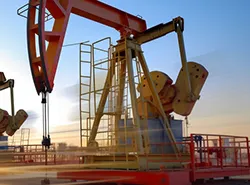
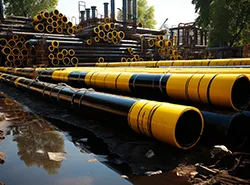
brass plate outlet
We are a well known worldwide supply and export brass plate in following countries:,Italy, Philippines, France,Ireland, Portugal, Gambia, Thailand, Ukraine, United Kingdom, Netherlands, South Africa, Spain, Turkey, Libya, Romania, Puerto Rico, Azerbaijan, United Arab Emirates, Pakistan, Ghana, Slovakia, Germany, Saudi Arabia, Afghanistan, Bolivia, Switzerland, Bangladesh, Taiwan, Oman, Egypt, Greece, Norway, Singapore, Bulgaria, Estonia, Belgium, Yemen, Hong Kong, Ecuador, Sri Lanka, Nepal, Belarus, Finland, Gabon, Iran, Canada, Argentina, Lebanon.






























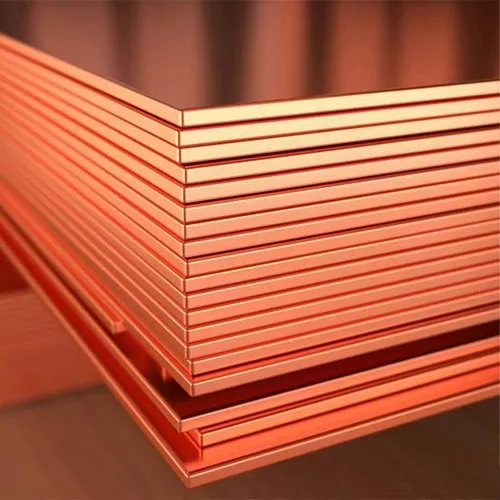




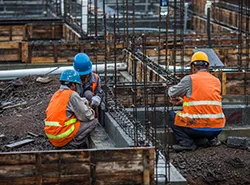
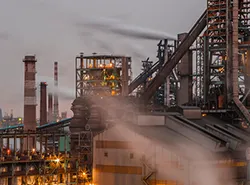
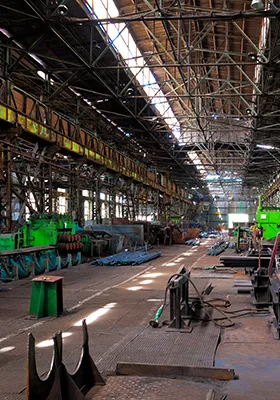
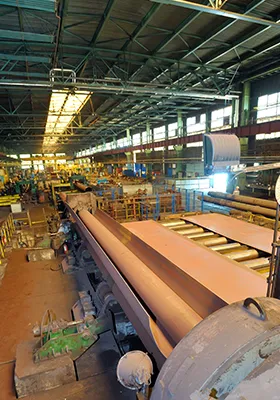
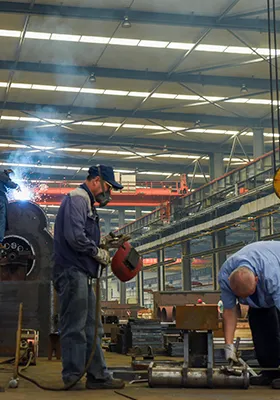
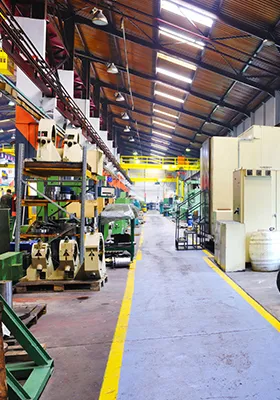
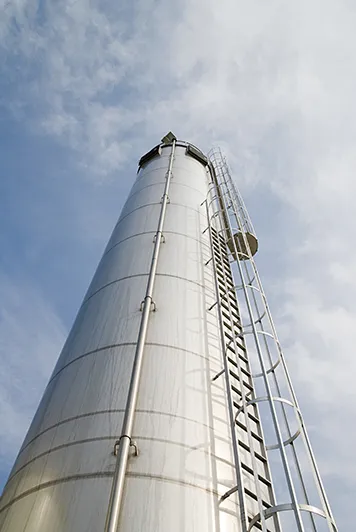

















 津ICP备14003658号-55
津ICP备14003658号-55